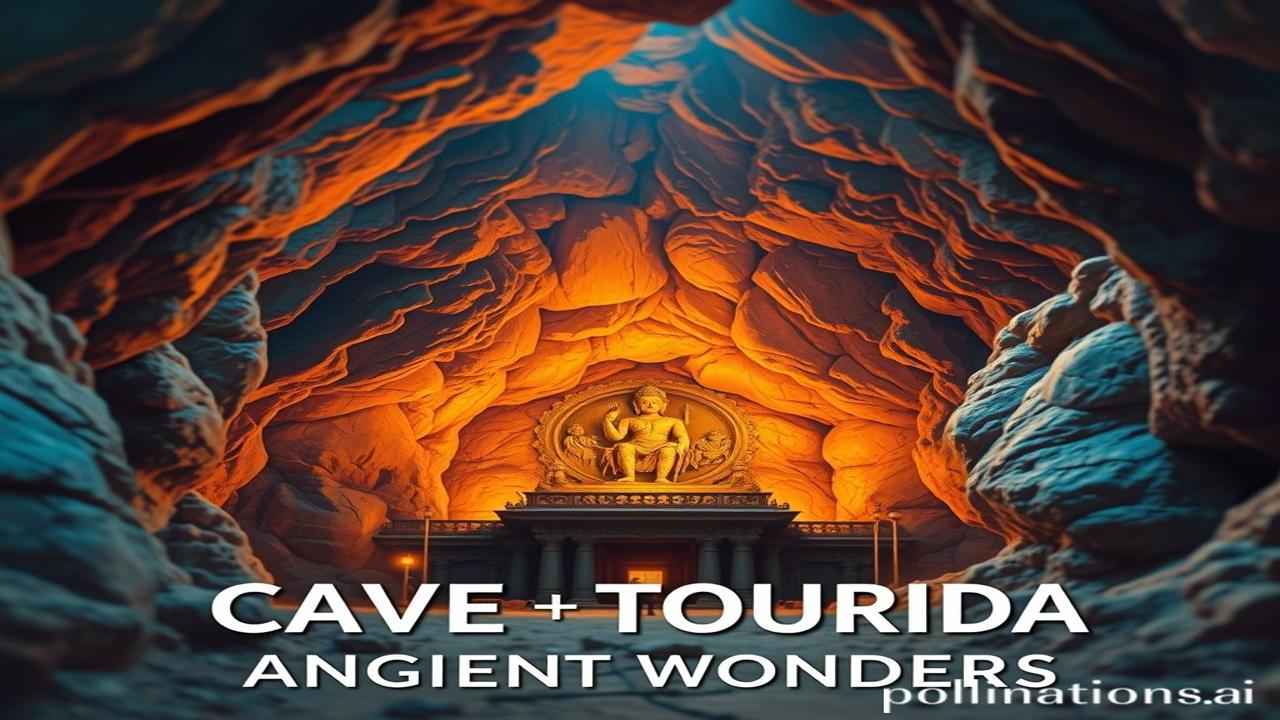Cave Tourism in India: Ancient Wonders
“Kabhi socha hai, agar pahaadon ki goad mein chhupi gufayein bol paati, toh kitni kahaniyaan sunaati?” Imagine stepping back in time, the cool air of a cave brushing against your skin, the scent of damp earth and ancient secrets filling your nostrils. That’s the magic of cave tourism in India, a journey into the heart of our rich and storied past.
India’s Cave Chronicles: A Peek into Time
What exactly is cave tourism? Well, it’s exploring the network of natural and man-made caves that dot the Indian landscape. These aren’t just holes in rocks; they are living testaments to our history, art, and spirituality. From the pre-historic rock shelters of Bhimbetka, dating back to the Paleolithic era, to the magnificent Ajanta and Ellora caves carved out over centuries by Buddhist, Hindu, and Jain monks, India’s cave tourism is like flipping through the pages of a fascinating history book.
These caves didn’t just appear overnight. Think about the Ajanta caves, mostly carved between the 2nd century BCE and the 6th century CE. That’s centuries of chiseling, sculpting, and painting! And the Ellora caves, showcasing the religious harmony of three major faiths, span an even longer period. Yeh dharohar humein dikhati hai ki kitne mazboot the humare purvaj, apne vishwas mein, apni kala mein.
Zameeni Sach: Life Inside the Rocks
Imagine being a Buddhist monk in the 2nd century BCE, living in a vihara (monastery) carved into the rock face of Ajanta. Your days would be filled with meditation, studying sacred texts, and teaching the Dharma. Maali, the chief sculptor, would be meticulously guiding his team, his hands skilled from years of practice, as they brought to life the stories of the Buddha’s previous lives.
“Maali bhai, yeh Jataka katha ka scene hai. Buddha ka tyag dikhana hai, thoda aur karuna lao chehre pe,” he’d instruct, his voice echoing in the cavernous space.
In Ellora, picture Hindu artisans crafting colossal sculptures of gods and goddesses. The intricate details of the Kailasa temple, carved out of a single rock, defy logic. They must have dreamt of creating something that would echo through eternity, something that would showcase the glory of their faith. Woh eent ki deewar ab bhi waqt ke jakhmon ko chhupaye hai, un logon ke sapnon ko zinda rakhe hai.
Dharohar aur Pehchan: Echoes of the Past Today
Even today, the impact of these cave complexes is undeniable. They are UNESCO World Heritage sites, drawing tourists from all over the world. But beyond the tourist buzz, these caves are reminders of our artistic legacy, our spiritual heritage, and our resilience.
We see reflections of cave art in modern Indian art forms, in the intricate details of our temples, and in the stories we tell our children. The values of compassion, devotion, and artistic excellence, so evident in these ancient spaces, continue to resonate within Bharatiyata – our Indianness. Yeh kala humare khoon mein hai, hamari Sanskriti mein.
Fun Fact or Myth-Buster
Log samajhte hain ki the Ajanta and Ellora caves are just about religion, but asli sach yeh hai that they also offer incredible insights into the social, economic, and political life of ancient India. The carvings depict everything from royal processions to everyday scenes of village life, giving us a complete picture of the era.
Visual & Sensory Layer
The air in the caves is thick with the scent of damp earth and centuries of silence. Sunlight filters through openings, creating dramatic plays of light and shadow on the sculpted walls. The texture of the rock is cool and rough against your skin. The sounds are muted, except for the occasional drip of water or the hushed whispers of fellow visitors. Walking through these spaces, you can almost hear the echoes of ancient chants and the rhythmic tap-tap-tap of the sculptor’s chisel.
Antim Vichar or Quote
These caves remind us that true art transcends time and religion. It speaks to the human condition, our hopes, our fears, and our eternal quest for meaning.
“कला सत्यम शिवम सुंदरम” – Art is truth, goodness, and beauty. Let’s preserve these ancient wonders, so they can continue to inspire and enlighten generations to come.
